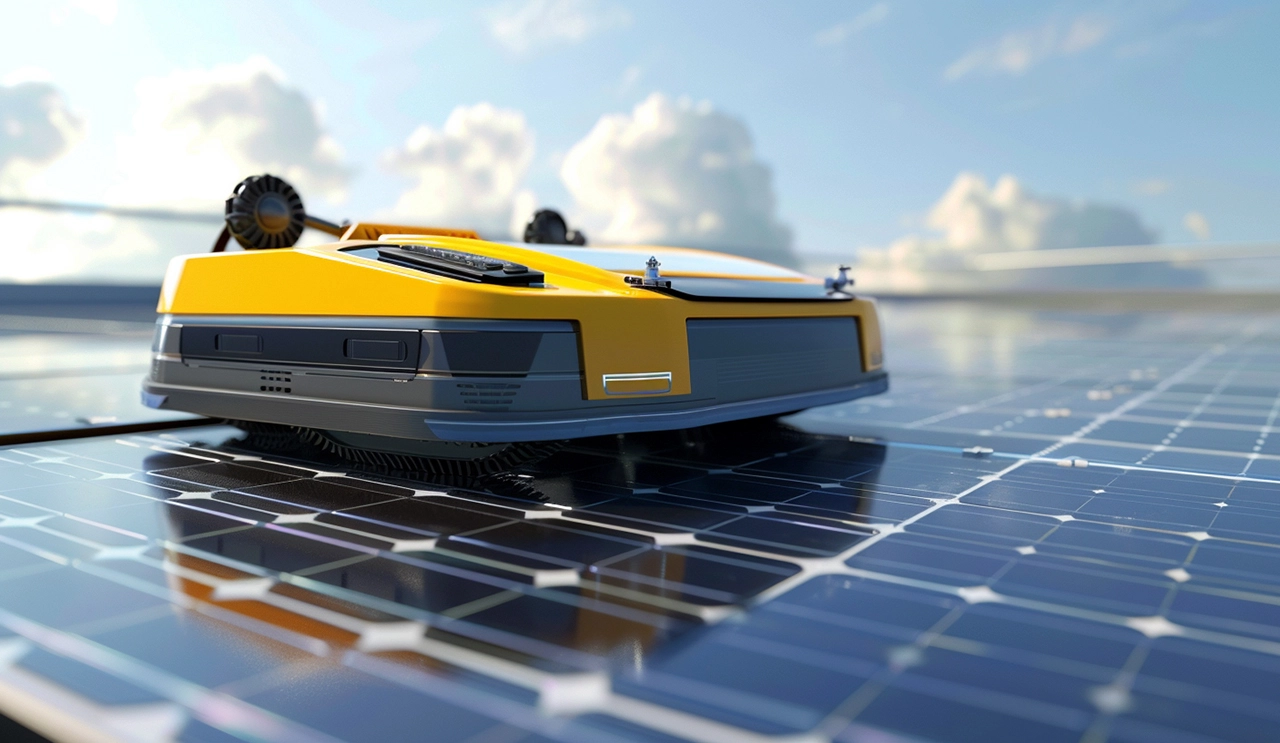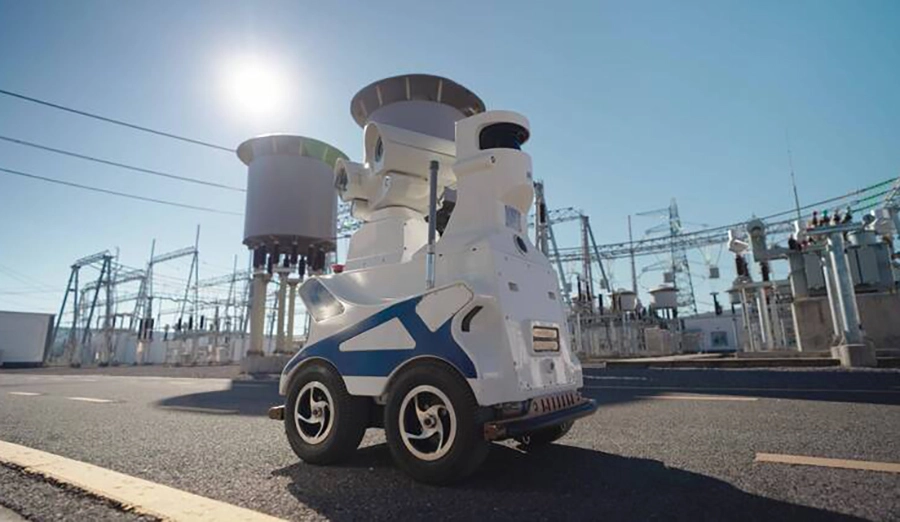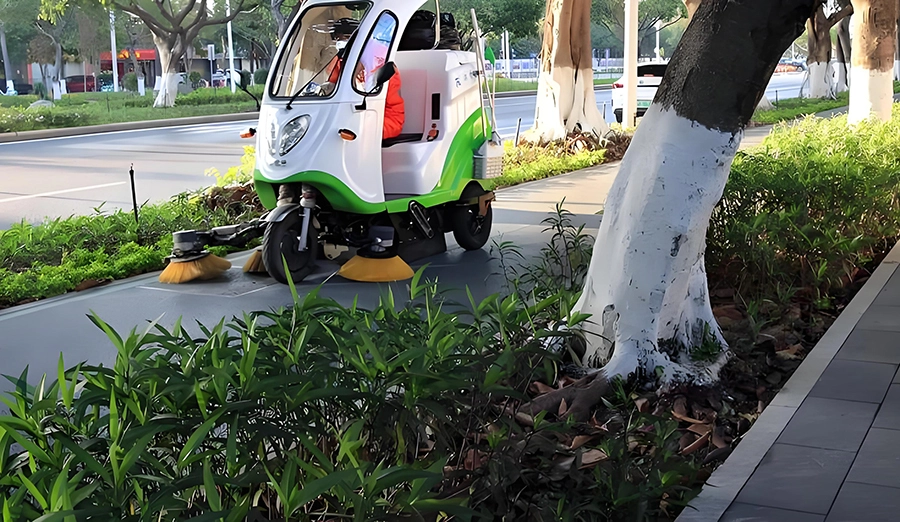
WIRELESS CHARGING IN THE NEWS
Contactless wireless charging and contactless wireless charging of robots are two different energy transmission methods, which have significant differences in technical principles, application scenarios and advantages and disadvantages.
Contactless wireless charging (such as electromagnetic induction, magnetic resonance or radio frequency technology) transmits energy through air or short distance media without the need for a physical connection. A typical example is Qi standard charging, which uses electromagnetic induction between the transmitting coil and the receiving coil to generate a current. This method is suitable for robots that require a completely sealed or waterproof design (such as cleaning robots), avoids insertion and removal wear, improves safety, but the transmission distance is short (usually less than 10 cm), the efficiency decreases significantly with distance, and the coil alignment requirements are high. In addition, electromagnetic interference and energy loss issues can lead to slower charging and higher costs.
Contact wireless charging (such as conductive contacts or wireless charging sockets), although called "wireless", actually relies on the physical contact between the robot and the charging base to conduct electrical energy. For example, the robot sweeper is connected to the charging base through the bottom metal contact. This method is more efficient (close to wired charging), has low energy loss, relatively low cost, and is not seriously affected by position deviation. However, exposed contacts can result in poor contact due to oxidation, dirt or mechanical wear, reduced reliability in long-term use, and a risk of short circuit in wet environments.
The choice of options is balanced against specific needs: non-contact is suitable for high degrees of freedom or harsh environments, but it is subject to efficiency compromises; The contact type is superior in terms of stability and cost, but the maintenance requirements are higher. In the future, with the development of technology (such as long-distance radio power transmission), contactless may break through the current limitations and become a more mainstream solution.







